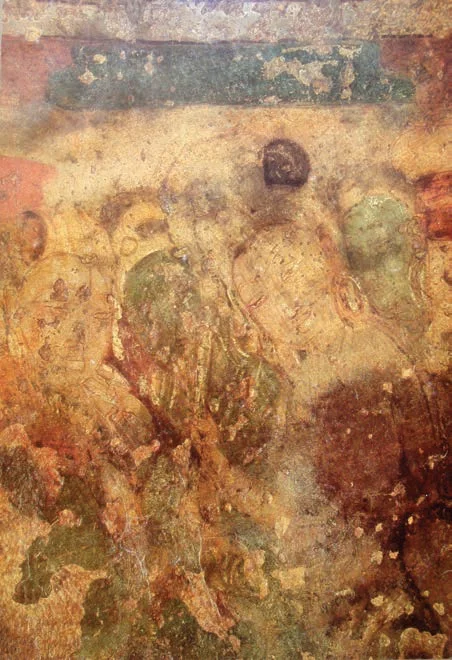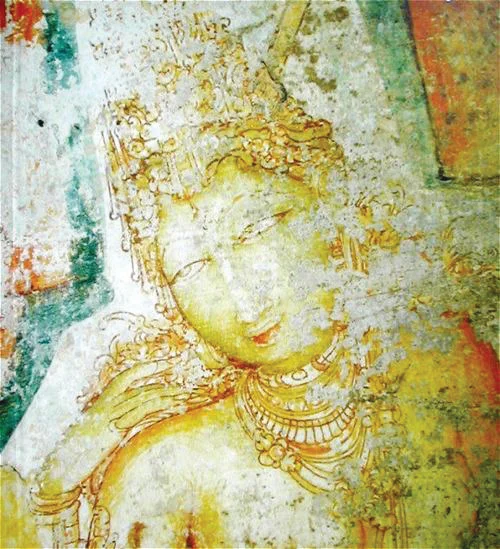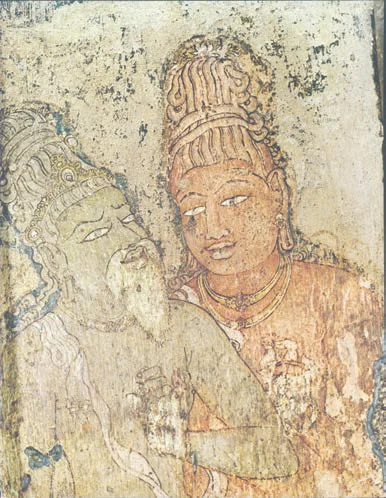![]() December 20, 2023
December 20, 2023
![]() 589
589
![]() 0
0
Mural Painting in India: Artistic Expressions Through the Ages
The mural painting in India represent a diverse array of artistic expressions that grace temples, palaces, and other sacred places from the medieval era onward.
Cave Excavations: Mural Painting in India Legacy Beyond Ajanta



In the southern regions of Tamil Nadu, the tradition of painting flourished during the rule of Pallava, Pandya, and Chola dynasties.

Palava Art Patronage: Mahendravarma I and the Artistic Splendor of Kanchipuram


<div class="new-fform">
</div>
Latest Comments